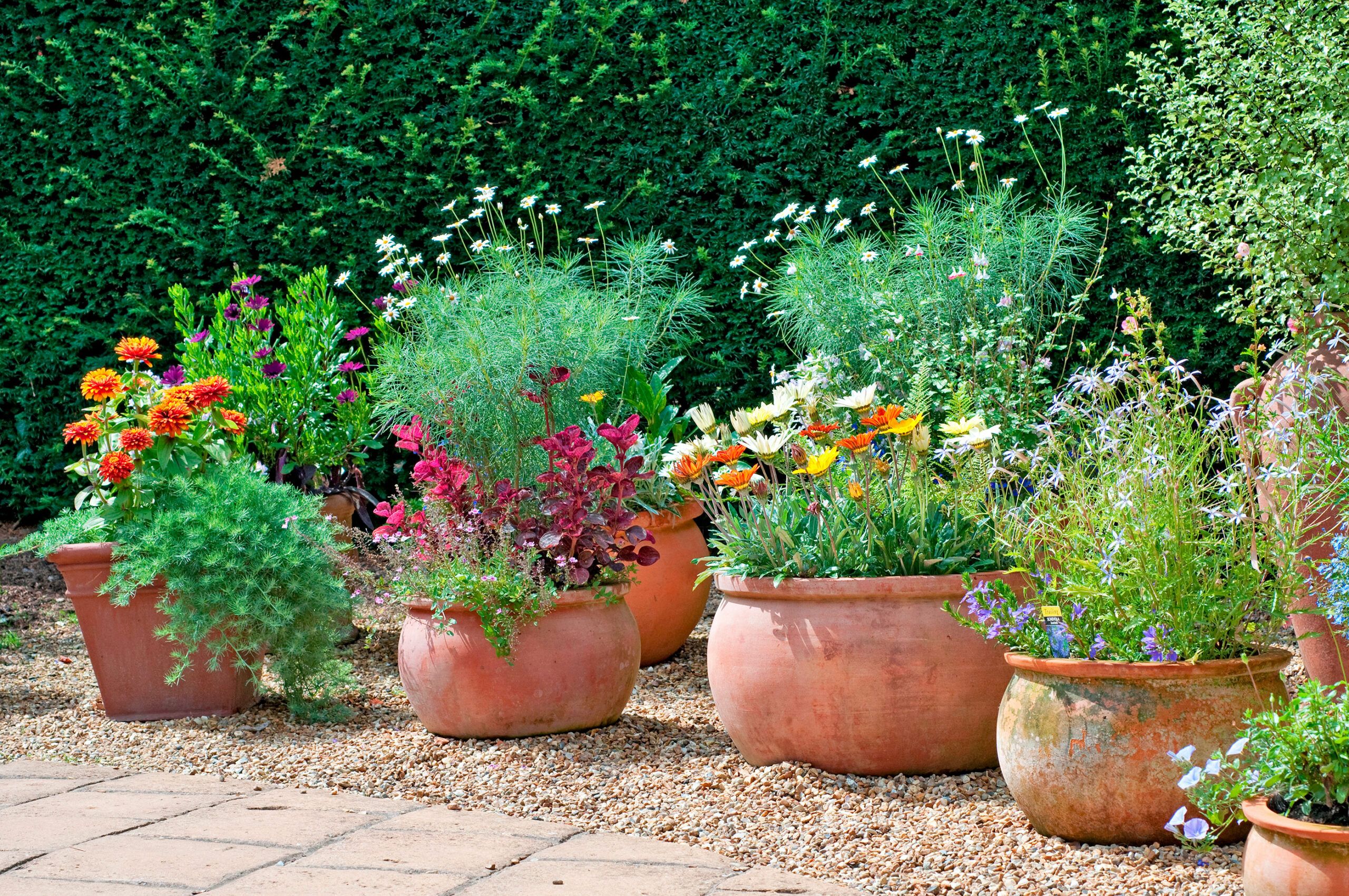When winter turns into spring, it’s time to breathe new life into your yard after those cold, dormant months. “March is a good time to take stock of your yard and see if it’s time to thin out crowded beds and do some transplanting to fill in bare spots,” says This Old House landscape contractor Roger Cook. By taking care of these tasks early, you’ll be ready for a lush, vibrant landscape in the coming months. In this guide, we’ll walk you through the steps to a thorough spring yard cleanup so that your outdoor space is ready for the sunny days ahead.
Getting Started With Spring Cleaning
As temperatures rise, remove protective coverings from your trees and shrubs. Pruning away winter-damaged branches creates space for new growth and improves the health of your plants. If you didn’t get around to it last fall, now is the perfect time to cut back spent perennials and remove old annuals. Assess your yard’s overall layout and plan any changes now.
“Now’s the time to get some basic spring yard maintenance done,” says Cook. “Then, as temperatures warm up, you’ll be in better shape for seeding and planting and for enjoying the outdoors.”
Pruning and Shaping Trees and Shrubs in Spring
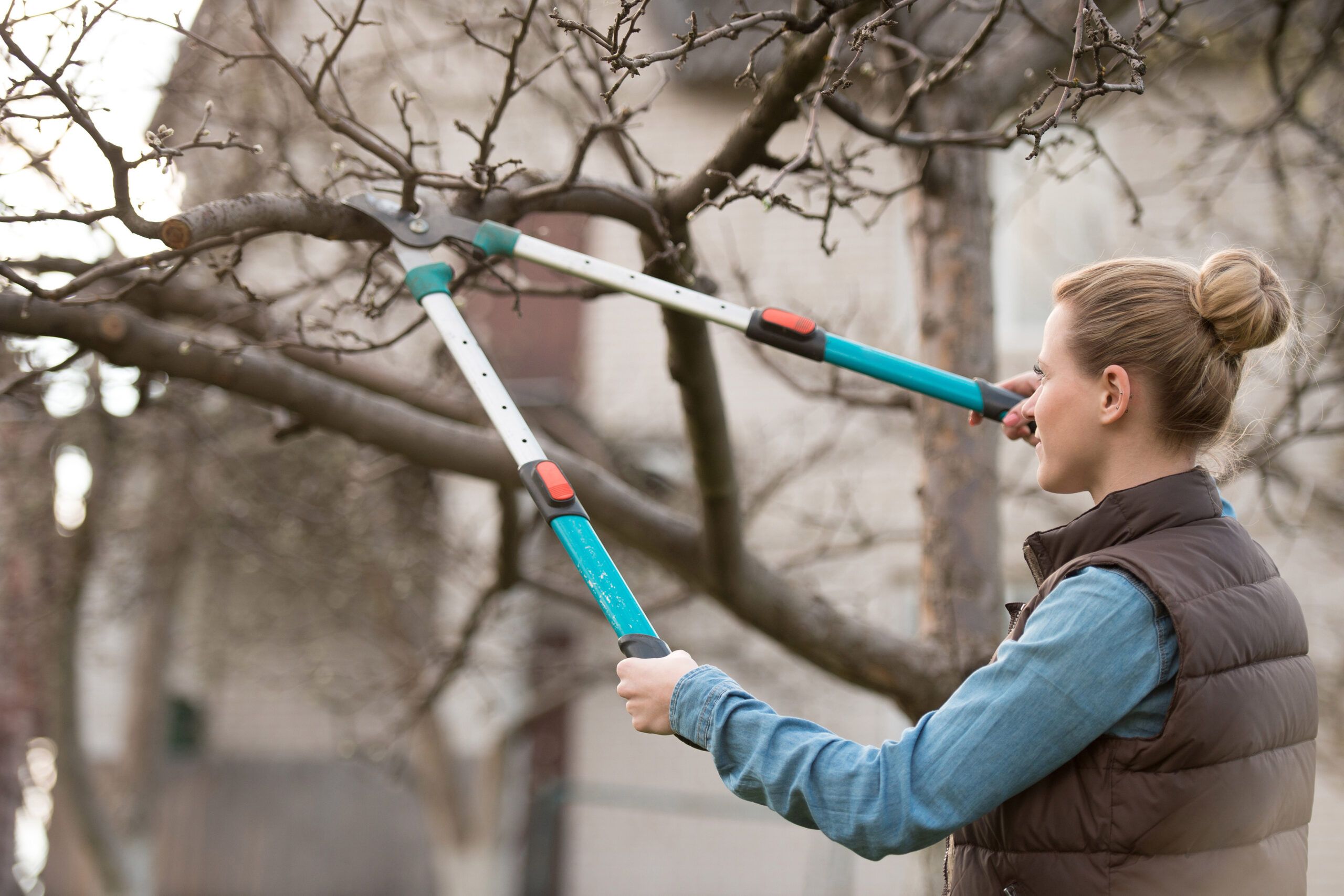
Start by carefully checking your trees and shrubs for any branches that have been damaged. Use clean, sharp pruning tools to remove dead, diseased, or damaged wood and cut back to healthy tissue. Use a handsaw for a clean cut on branches larger than 1/2 inch in diameter.
When shaping hedges, opt for hand pruners rather than electric shears. This approach prevents a dense outer layer of growth that can block sunlight and air from reaching the shrub’s center. For example, when tidying a yew, prune the shoots back to an intersecting branch.
Remember to prune summer-flowering shrubs, such as Rose of Sharon, before the buds swell. Wait to prune spring bloomers like forsythia until after they’ve flowered to avoid removing this year’s blooms. Trim overgrown evergreens back to a branch whose direction you want to encourage.
By addressing these basic pruning tasks now, you’ll maintain the health and appearance of your shrubs and trees throughout the season. Careful pruning also allows you to identify any significant issues early, such as fungal infections or pest infestations
Pruning and Dividing Perennials and Grasses in Spring
As spring progresses, prepare your perennials and ornamental grasses for new growth. Prune flowering perennials to a height of 4–5 inches and ornamental grasses to 2–3 inches. Trimming allows fresh shoots to grow and emerge unimpeded.
In areas where the soil has thawed, divide overcrowded perennials such as daylilies and hostas. When dividing, ensure each clump retains at least three stems. Transplant the divisions to fill sparse areas in your garden or share with fellow gardeners.
For roses, cut back winter-damaged canes to 1 inch below the blackened area. When tending to climbing roses, retain younger green canes while removing older woody ones. To train climbers, gently bend the canes horizontally and tip the buds downward. Secure them in place using jute twine or soft Velcro fasteners, being careful not to damage the plant.
A proactive approach to perennial and grass care ensures healthy and robust growth throughout the season. Regular maintenance can improve the health, lifespan, and flowering potential of your plants for a more vibrant garden.
Clean Up Spring Flower Beds and Borders
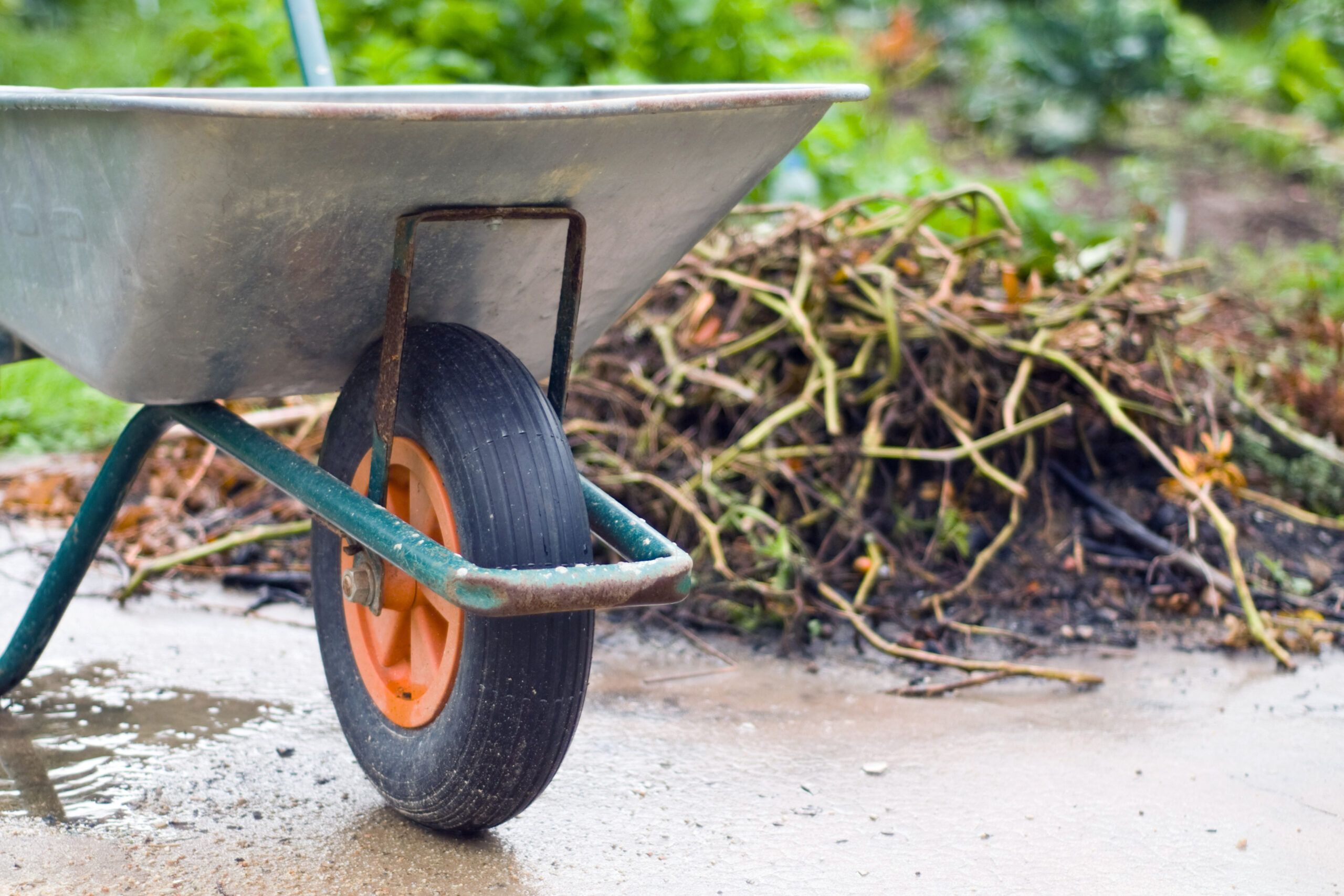
Cleaning your garden beds is important for the health of your plants and for visual appeal. Start by raking out fallen leaves and dead foliage, which can smother plants and foster disease if left in place. Remove spent annuals and add them to your compost pile or green waste bin.
Once the threat of frost has passed, remove existing mulch to prepare for a fresh layer after spring planting. This step helps prevent fungal growth and allows better air circulation around the bases of your plants.
Address any plants that have heaved due to frost by gently pushing them back into the soil and tamping down around the base. Use a shovel to replant any severely displaced plants. This is also a good time to apply a balanced, slow-release fertilizer tailored to your plantings. Spread it on the soil surface, which allows spring rains to carry nutrients to the roots.
Apply a 5-10-10 fertilizer around spring-flowering bulbs as soon as they flower. This supports the current blooms and nourishes next season’s growth. Secure any loose drip irrigation lines with landscape pins and use a square-head shovel to redefine bed edges to prevent turf grass encroachment.
Consistent cleanup efforts will highlight the beauty of your beds and borders and promote a healthy, flourishing garden. Cleaning up and removing debris helps get rid of natural habitats for pests and diseases, while proper fertilization gives your plants more resilience.
Composting Yard Waste in Spring
Composting is a great way to recycle yard waste and create nutrient-rich soil for your garden. Collect leaves, plant cuttings, spent foliage, and last season’s mulch to add to your compost pile. If you don’t have a dedicated compost bin, create a simple corral using sections of wire fencing formed into a 3-by-3-by-3-foot cube.
To accelerate decomposition, shred leaves and chip branches larger than 1/2 inch in diameter before adding them to the pile or introduce a bagged compost starter to jumpstart the process. Maintain moisture levels by keeping the pile as damp as a wrung-out sponge, and turn it with a pitchfork every two weeks for adequate aeration.
Be cautious about adding early spring weeds that have gone to seed, as they may not decompose completely and could sprout in your compost. By following these composting best practices, you’ll create a valuable soil amendment for your garden while reducing waste.
Prepping Your Lawn for Spring Seeding
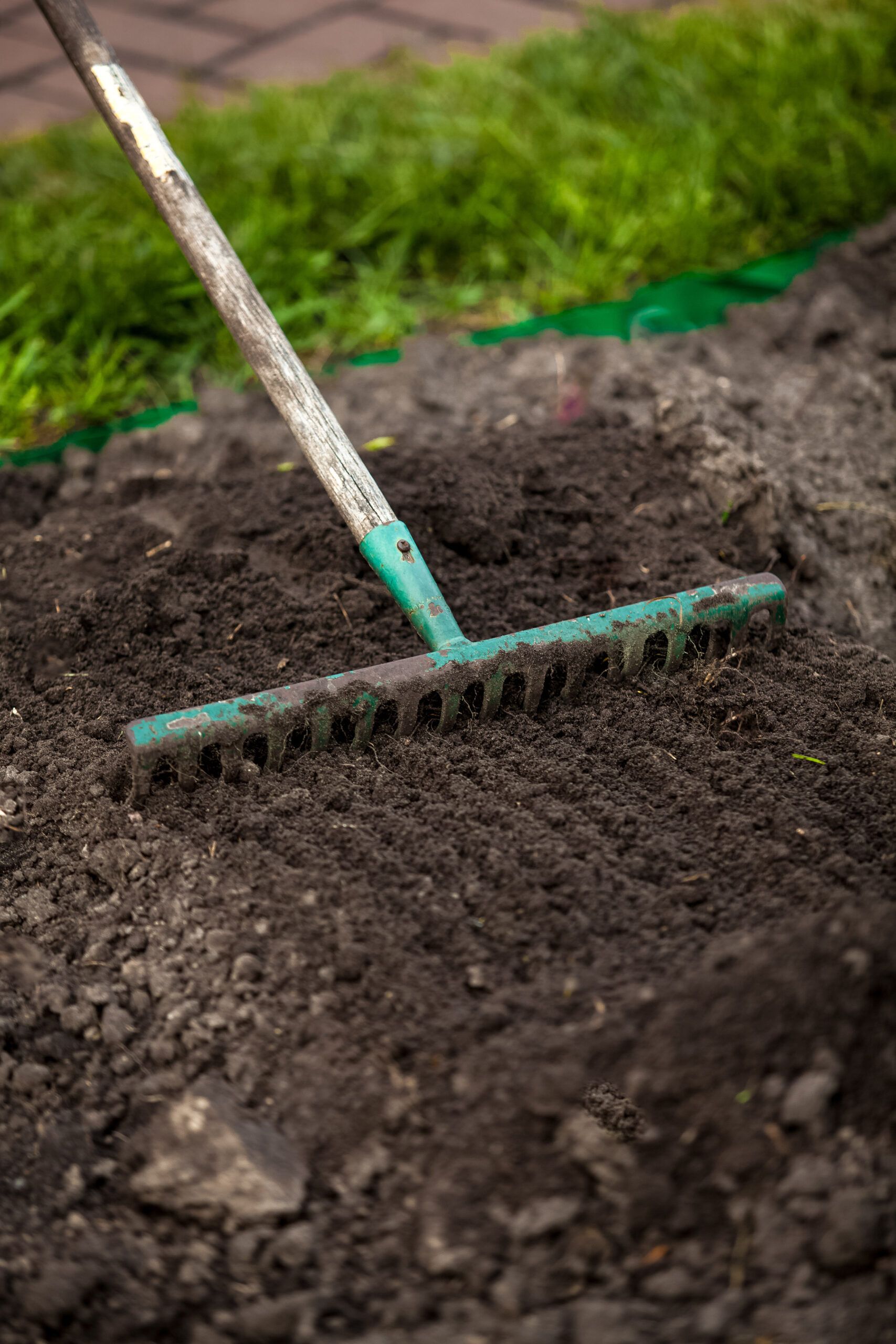
In colder climates, grass typically begins active growth in April. However, early spring is an ideal time to test your soil’s pH and get any necessary amendments so you have the right growing conditions in place as temperatures rise.
Start by removing any turf damaged by salt, snow plows, or disease. This sets the stage for successful seeding in the coming weeks. Work a 1/2-inch layer of compost into these areas to improve soil structure and moisture retention, which will increase seed germination rates.
Time your seeding to coincide with the blooming of forsythia in your area—this is a reliable indicator of good soil temperatures for grass seed germination. In warmer regions, March is typically a good time to apply the first round of fertilizer and crabgrass pre-emergent treatment.
Use a square metal rake to remove dead turf. Once cleared, flip the rake over to spread a thin layer of compost evenly across the prepared area.
Neatening Paths and Patios
Spring is the perfect time to refresh your outdoor living spaces. Rake escaped gravel back into aggregate walkways and patios. If you notice large depressions, particularly near driveway aprons, order more gravel to fill these areas and maintain a level surface.
For flagstone paths and patios, refill the joints between stones by sweeping in new sand or stone dust. Water the area with a hose to help settle the material, then repeat the process if necessary. Address any pavers that have heaved due to freeze-thaw cycles by carefully removing them, adjusting the base material as needed, and resetting them to be level with surrounding stones.
To remove slippery algae spots or stubborn leaf stains from patios and walkways, use a pressure washer with a low-pressure tip. This method cleans without damaging the surface of your hardscaping.
Repairing Fences and Trellises Before Spring
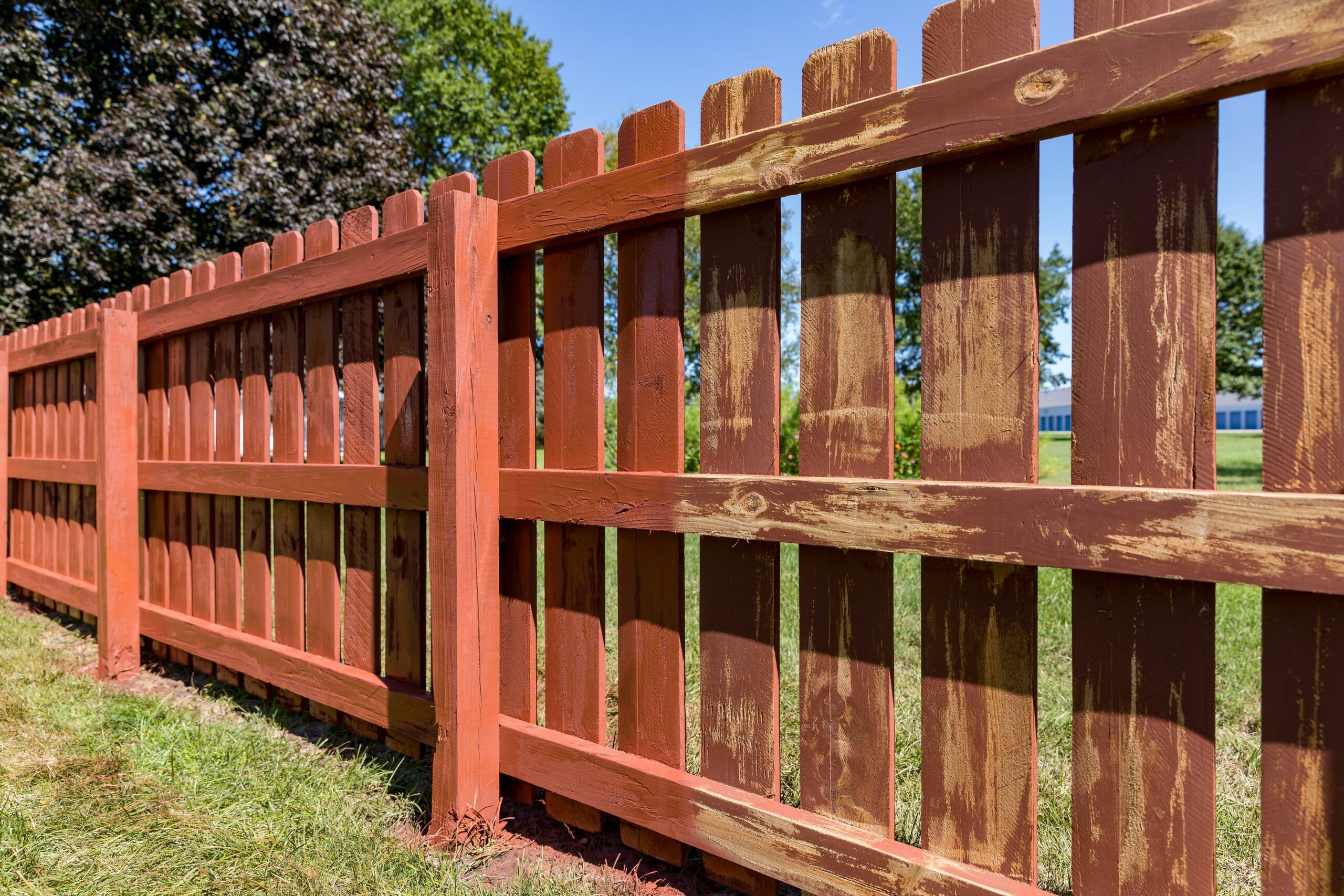
Inspect your wooden structures for signs of wear and tear. Remove any badly rotted or damaged pickets, boards, or lattice. Clean wood structures thoroughly using a mixture of 2 gallons of water, 2 quarts of bleach, and 1 cup of liquid soap. Allow the surfaces to dry completely before proceeding.
Use wood epoxy to patch areas affected by minor rot. Replace any wood that’s beyond repair with new, weather-resistant materials. Pay special attention to fence posts, checking for stability and replacing any that are wobbly or severely degraded.
Once repairs are complete, prepare the surfaces for a new finish by scraping off old paint and sanding the wood with 60-grit sandpaper. When temperatures are consistently above 50 degrees Fahrenheit, apply a fresh coat of paint or stain to protect the wood and boost its appearance.
